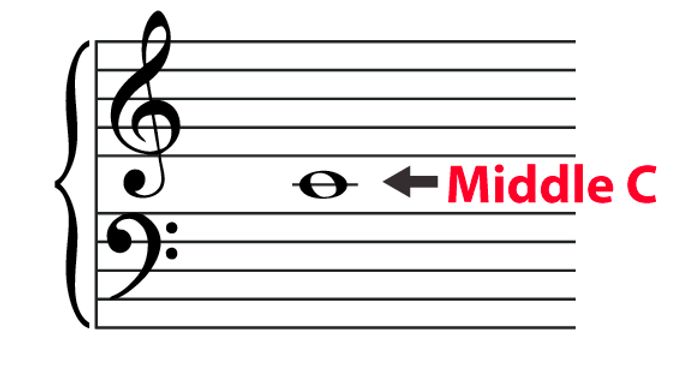Explore the Michelle Ostrove Blog
Here are some tips on how to submit a demo to the record label and create the best chance of getting signed. Select the songs you’re the most proud of to send to the record company. Let your friends listen to the songs you’ve chosen and get their feedback. If you choose the tracks you love and they like them, the A&R Representative will ask to hear more of your songs. You will need to upload your chosen songs to…
Read MoreEvery singer and pianist must know how to count in music; knowing when to start and stop in a song, it’s all about rhythms and timing. The time signature at the beginning of a song will tell you how to count. For instance, If the time signature is 4/4 (the two numbers are written like a fraction), you will count 1,2,3,4 repeatedly. The Waltz rhythm is 3/4 time signature and you would count 1,2,3 over and over. The time signature’s…
Read MoreWhen putting a song together you need some basic elements. An Artist will have their own unique way of expressing the song and the way they want to structure the song. But these are the basic important elements in music for song: 1. The melody, it is the single most important part of a song. This is what the artist would sing or Carlos Santana would play on his guitar! 2. The harmony is when 2 (or more) people sing…
Read MoreThe picture you see attached is the grand staff. A staff consists of five lines and four spaces. So you can see from the picture there are two staffs joined together (by a brace, the straight line and the curvy line that looks like a sideways mustache). By joining the two staffs together (treble staff & bass staff) you form the grand staff The top staff is called the treble staff and the symbol you see on the left side…
Read MoreYou should think of music as a language all it’s own. The term enharmonic is like a woman being called a wife and mother but it is the same person; one person with two titles. An enharmonic is somewhat the same, it has two names but one sound (one tone), similar concept. An enharmonic is one pitch (tone) but the note name is two different names. Pitches such as F# (F sharp) and Gb (G flat) are written differently in…
Read MoreWhat is an accidental? An accidental is a sharp (#), flat (♭), natural sign (♮), and various other symbols. An accidental affects the note it precedes in music notation. The accidental is written before the note in the staff or after the letter name, like F#. A sharp (#) looks like a pound sign or hash tag, and what it does is raises the pitch (note) a half step. So if you look at piano keys, you will see white…
Read MoreTrying to define your own style or image as an artist can be intimidating, but it’s less scary if you have some simple steps to guide you along the way. There are a few things you can do to help create the image you feel inside. Finding your own personal artistic look takes time, thought and research. You need to know what clothing items work for you and which items meet the criteria. The first step is to look into…
Read MoreYou should think of music as a language all it’s own. Let’s look at the letters C and K in the English language; they have different letter names but can sound exactly the same (cat and kick). The word enharmonic in music has the same concept. An enharmonic is two pitches (tones) that sound exactly the same but the note name is different. Pitches such as F# (F sharp) and Gb (G flat) are written differently in music notation but…
Read MoreIf you desire to sing beautifully, you need to work on some basic vocal exercises that will give you a well-rounded singing voice. There are many ways to build flexibility and develop stamina to tackle difficult songs. All of this happens through daily practice! Let’s look at some of the ways you can build your vocal technique. Learning how to sing many different scales, major, minor and harmonic minor scales really help with versatility. A singer can use these scales…
Read MoreEvery singer strives to sing with control and power in their voice, very few start out that way. I have come across just a few that start naturally with that power. It takes time and work to achieve those goals. Where does the power come from? It’s not yelling; the power comes from the diaphragm. The diaphragm is a thin muscle that sits at the base of your chest and above your abdomen; it’s in between your tummy and your…
Read More








